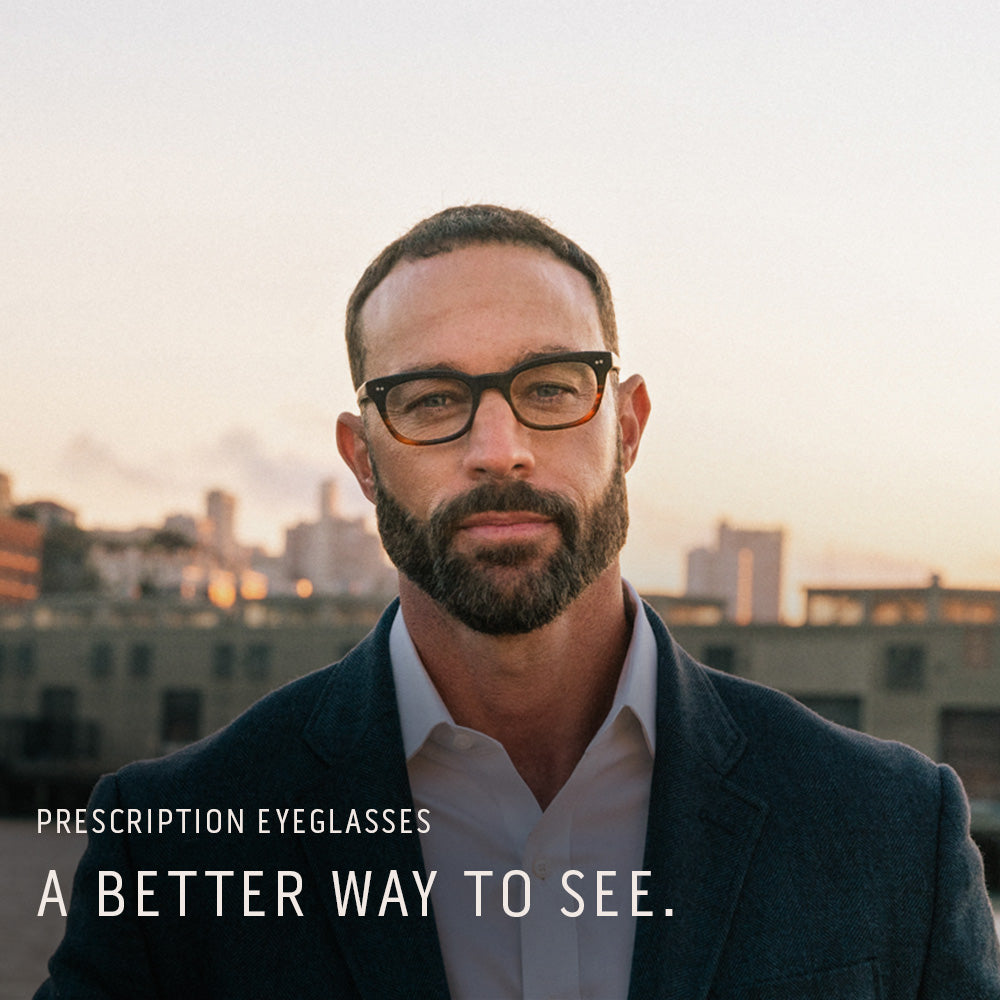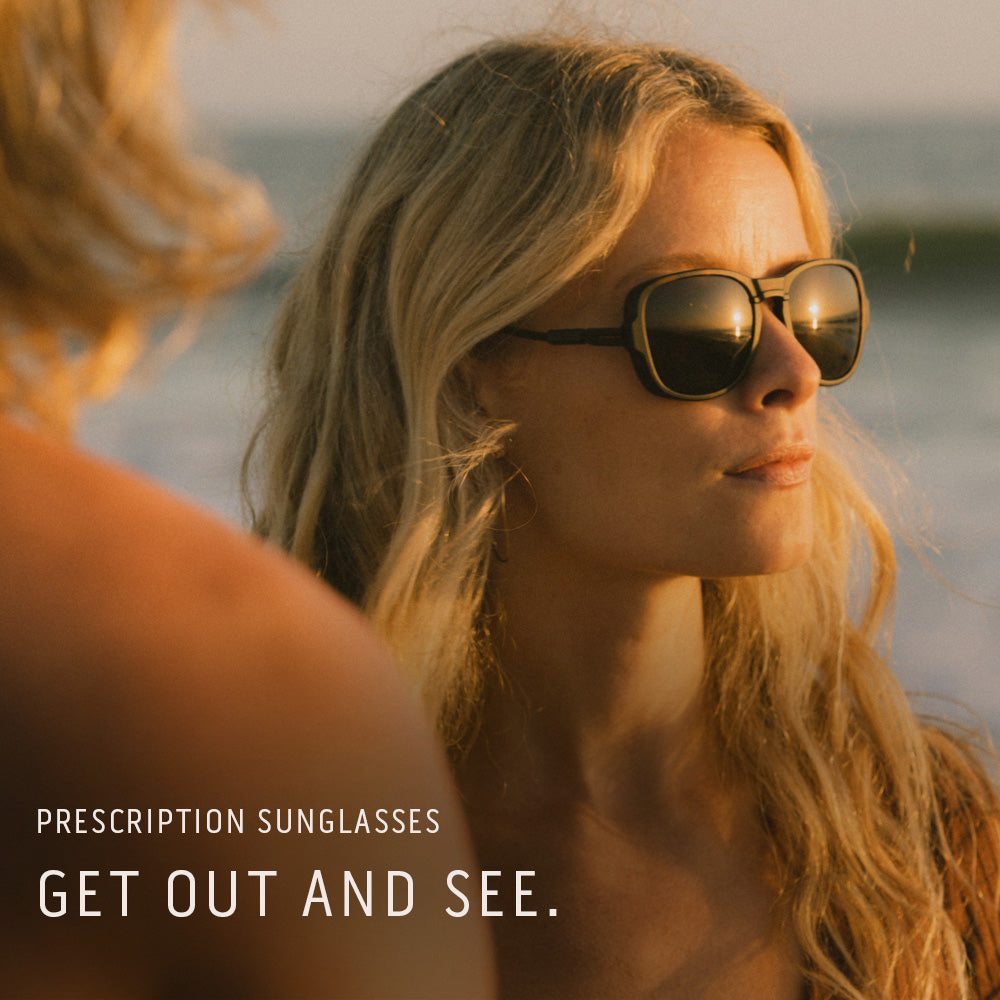Reading
Prescription
LENSES
Have a pair of favorite glasses or prescription sunglasses that you love but can't see out of anymore?
Give your favorite frames a second life with brand new lenses by L&F. Send us your prescription, we'll send you label to ship us your old frames, and then we'll get those old frames fitted with lenses that will change the way you see your world.
Have a pair of favorite glasses or prescription sunglasses that you love but can't see out of anymore?
Give your favorite frames a second life with brand new lenses by L&F. Send us your prescription, we'll send you label to ship us your old frames, and then we'll get those old frames fitted with lenses that will change the way you see your world.

SHOP REPLACEMENT LENSES

SHOP OMBRAZ LENSES

Cataracts: What Are They and How Can You Reduce Your Risk?
More than half of all Americans age 80 or older either have cataracts or have had cataract surgery. In fact, cataract surgery is one of the most common operations performed in the US. But what is it and how can you reduce your risk for cataracts?
A cataract is a cloudy spot in the eye's lens that may cause your vision to become blurry or hazy. The lens in your eye starts out crystal clear. However, cloudy spots can develop in the lens when the tissues inside it break down and clump up. These clumps create the cloudy spots that can impede vision.
Most cataracts are age-related. But there are some medical conditions such as diabetes that may also contribute to the development of cataracts. Excessive exposure to sunlight (UV) is also identified as a common risk factor, along with a history of smoking or obesity.
Eye care professionals may recommend a variety of treatments for patients who have cataracts including anti-glare lenses, using brighter lights to help see more clearly, or perhaps a new vision prescription will help. Cataracts surgery is relatively common and involves replacing a cloudy lens with a clear lens. Most patients who have cataracts surgery enjoy significantly improved vision with their new lens; some no longer need to wear prescription glasses because the lens replacement surgery corrected their vision refraction errors.
Want to reduce your risk of cataracts? Wear sunglasses to block UV sunlight, eat a healthy diet including plenty of fruits and vegetables, don’t smoke, and get frequent eye health exams.
Also in Eyewear Explainers

What are progressive glasses, who needs them and how do they help people see more clearly

Computer Glasses. What and Why







